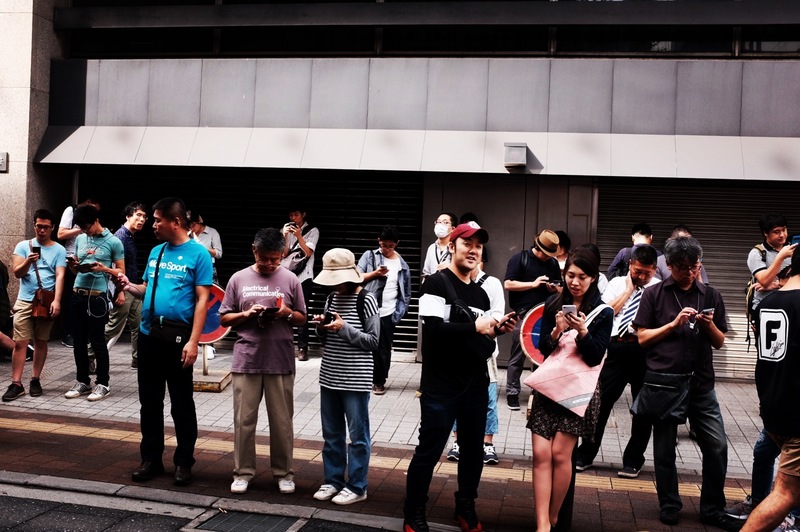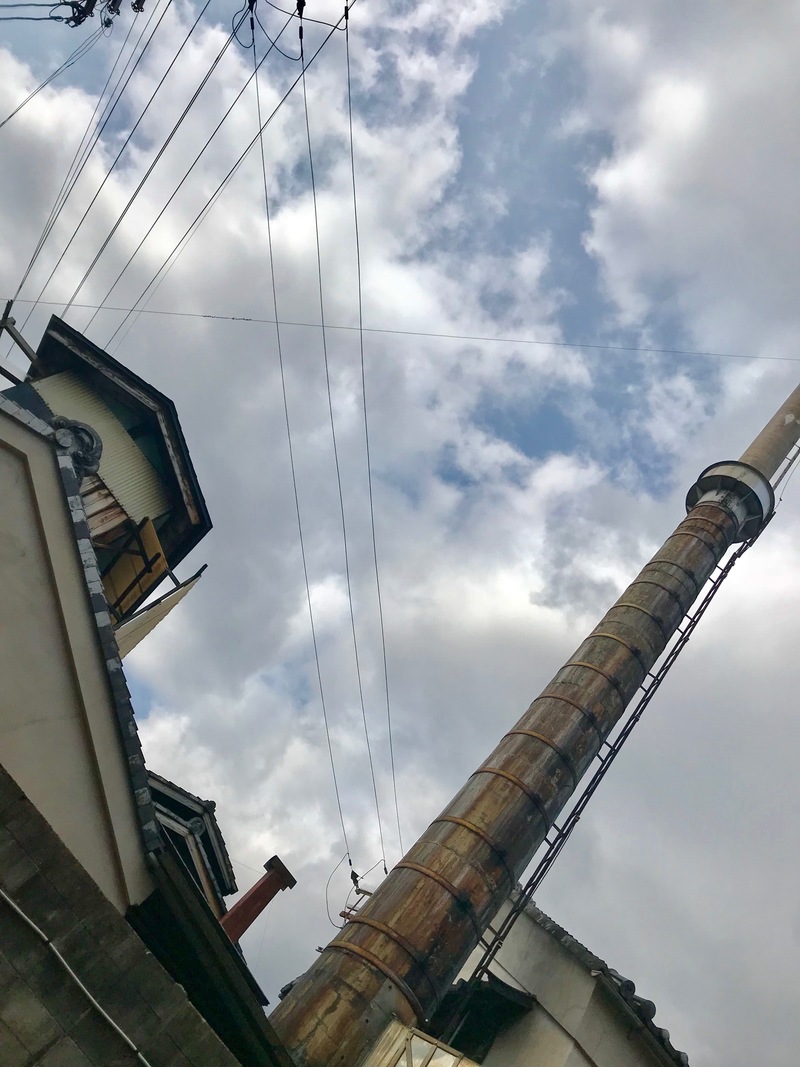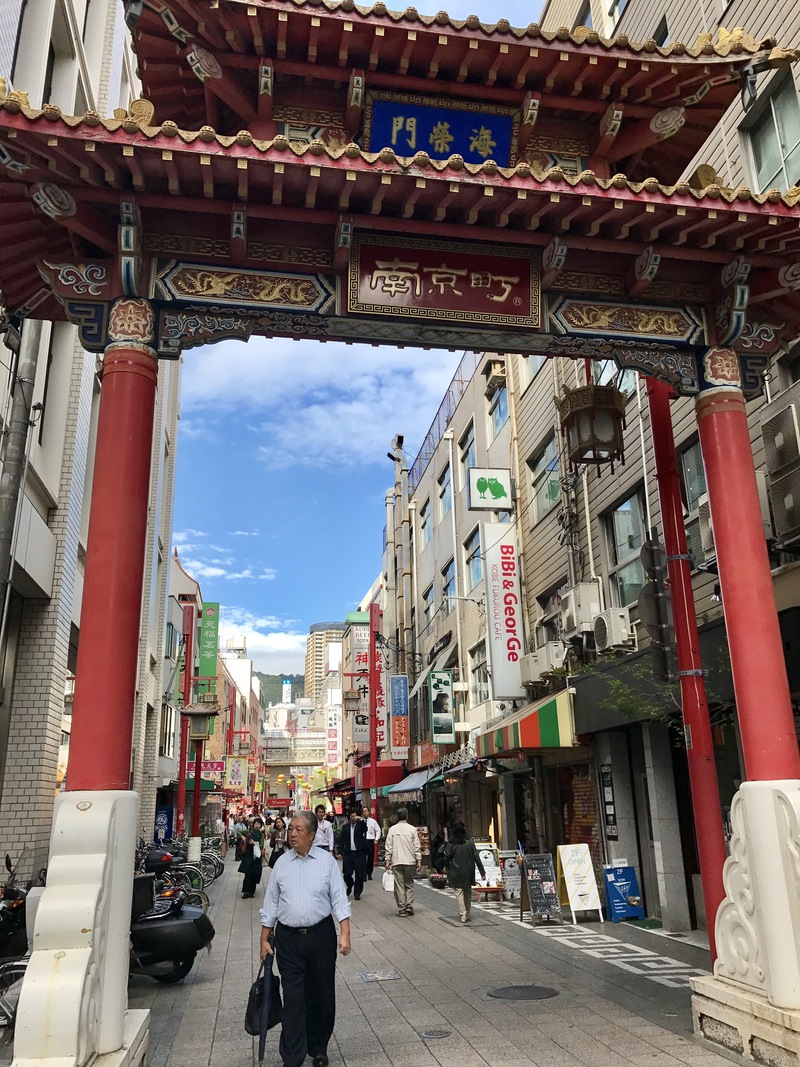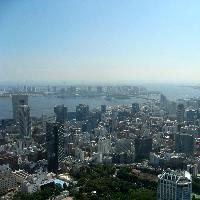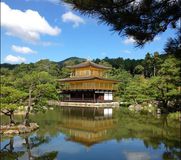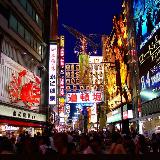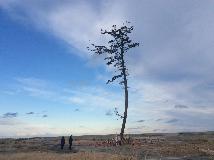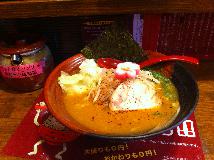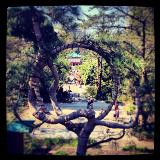Tsukiji is often called 'Tokyo's Pantry'. Located only blocks from Tokyo's glittering Ginza, Tsukiji—the world's largest marketplace for seafood—is a prominent landmark, well known but little understood by most Tokyoites: a supplier for countless fishmongers and sushi chefs, and a popular and fascinating destination for foreign tourists. Early every morning, the worlds of hi-tech and pre-tech trade noisily converge as tens of thousands of tons of seafood from every ocean of the world quickly change hands in Tsukiji's auctions and in the marketplace's hundreds of tiny stalls. (source)
Tsukiji's market is divided roughly into two sections: jōnai (the inner market, which conducts wholesale trade) and jōgai (the outer market, which offers retail sales). Thanks to its proximity, this retail area is renown amongst Japanese 'foodies' as a site where the freshest produce is available. Because it is utilised by so many professionals making daily visits to replenish their stocks, the outer market also offers a fine array of culinary supplies: baskets for serving soba noodles, chopsticks, bamboo mats for rolling sushi, and so on. It is also a rich sensory site, full of sights, sounds and smells of food as well as the labour that delivers it to Japan's largest city and restaurants around the world.

The English sign at the edge of the district flags its foreign tourist appeal
Tsukiji has become a tourist site for especially overseas guests: those who wake early from jet lag are eager to enter the jōgai at 5:30 am, and view the major financial transactions as large quantities of valuable seafood change hands, from fisherman to broker to restauranteur or shop owner. Over the years, Tsukiji as a physical site has been squeezed in by development due to its central Tokyo position. Tsukiji is set to move in early 2016 to a location a few kilometres away in Toyosu, leaving this prime real estate open for further dense development.

Maguro (tuna) sashimi for sale in the outer market
Here, maguro (tuna) sellers call out to shoppers, some sightseeing, some just browsing, some seriously considering ingredients of the evening's meal. In the recording below we hear a woman and man working together to call out to these customers to encourage them to buy their fish. Around 0:22 we hear the man's voice speaking to a potential customer; note that his voice sounds ragged. This is because the recording was taken at about 3 pm, not long before the outer market closed for the day. I purchased a piece of tuna from this seller and asked him, 'How is your voice [at the end of the day]?' He merely smiled wryly as he wrapped the piece of fish and said "koe wa shōbai da ne: 声は商売だね (my voice is my job)."

Dried squid on sale in the last half hour of the market's sales for the day
One of the other sensory delights of Tsukiji is the sampling of food. Again, at the end of the day, this dried squid seller is offering free samples of his product (0:03), and bundling packages together at a cut price to induce customers to clear out the day's stock at 0:17 and at 0:20 he cries out "yamamori desu!: 山盛りです!(we'll pile up a heap for you!)." A commonly heard but very intricate verbal dance between seller and customer is captured here: come in, try, taste, buy... and thank you as always for your patronage!
Click to Play Sound: Tsukiji 3
Here is a photograph of the block of tuna (chuutoro) I purchased from the hoarse Tsukiji fishmonger... this piece of fish cost ¥5000 (roughly $55AUD, reduced from ¥7000 at the end of the day), and was very delicious! Served with rice, soup and vegetable side dishes, the sashimi was delicately sliced and portioned out to four adults: precious morsels indeed!

this portion of tuna was served sashimi style with minced scallion, soy sauce and wasabi as condiments.
Photographs and recordings by Carolyn Stevens
Text by Ted Bestor and Carolyn Stevens
